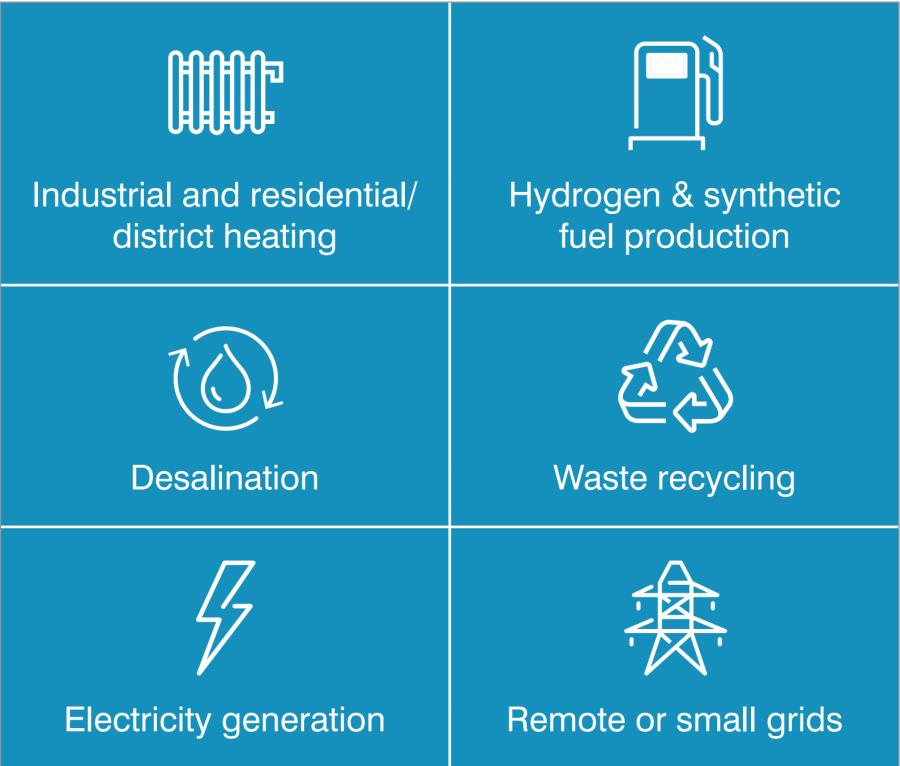The need for large and small nuclear, today and tomorrow
September 2020
Large-scale nuclear reactors are the only proven low carbon technology that can be deployed at the scale and timings required to meet the Paris Agreement goals. These reactors run quietly in the background, delivering immense amounts of power around the clock, regardless of weather or season. At a global level, the nuclear fleet has an excellent operational performance record, with an average capacity factor above 80% – with many reactors achieving above 90%.
Whilst large reactors will remain the backbone of many clean energy systems, there are considerable future opportunities for small modular reactors (SMRs). SMRs can complement large reactors by opening new markets and applications for nuclear energy – be it process heat, hydrogen production, or electricity generation for small or remote grids.
World Nuclear Association calls upon policymakers to:
- Consider the role of all nuclear power technologies (large-scale reactors and different SMRs) as part of their country’s long-term and sustainable energy strategy.
- Actively explore the application of nuclear technologies for use in industries such as industrial heat and the production of green hydrogen.
- Fast-track the deployment of large-scale reactors, to meet the increasing demand for clean and reliable electricity and fulfil climate change commitments.
- Accelerate the development and commercialization of SMRs taking into account the many additional applications they offer. Countries should address key regulatory challenges that may emerge in SMR licensing discussions, and seek to create SMR-specific licensing and promote international harmonisation.
- Work closely with multilateral banks in order to find ways to ensure that the growing needs for electricity in developing countries are matched with nuclear solutions rather than fossil ones.

